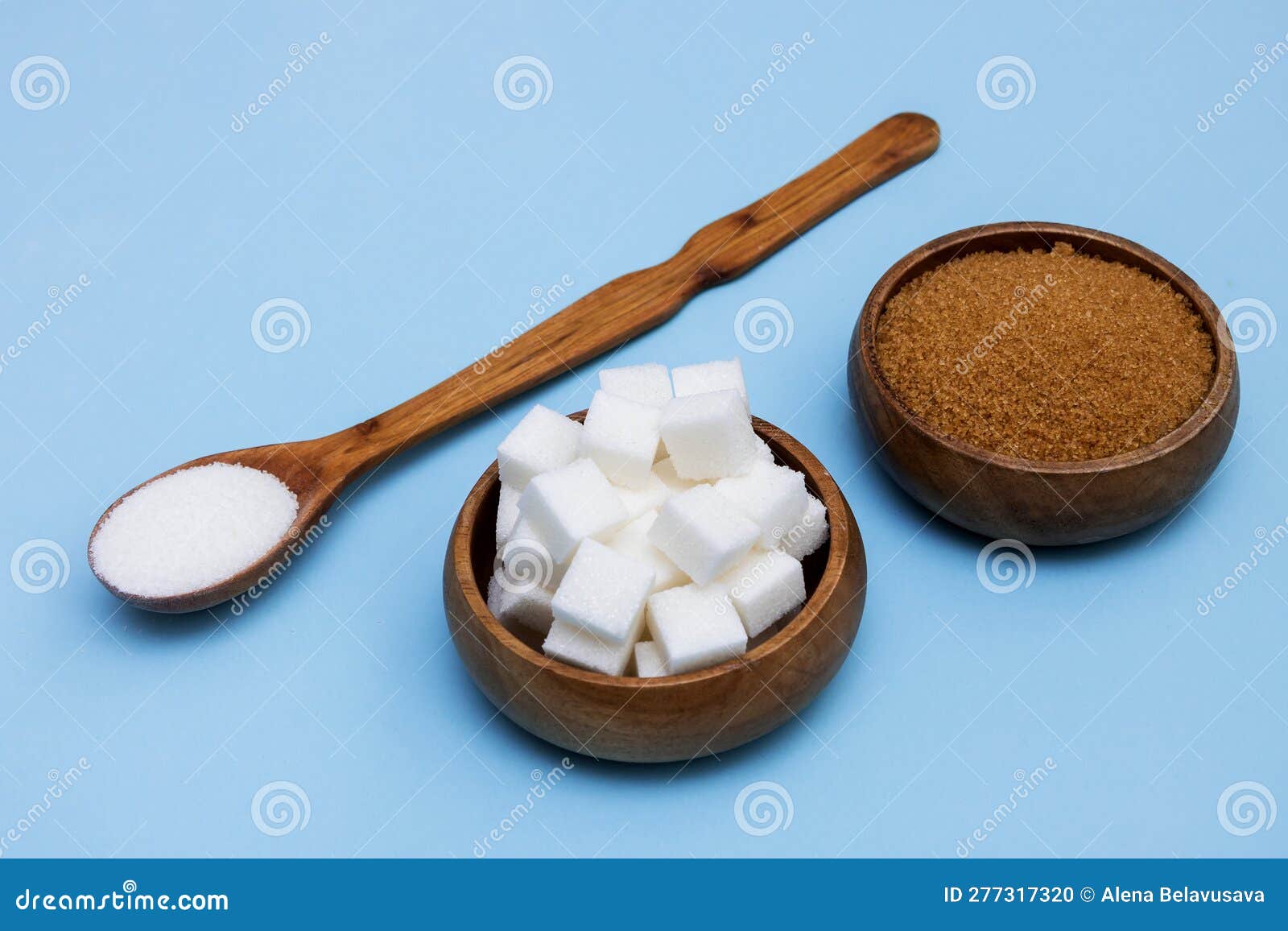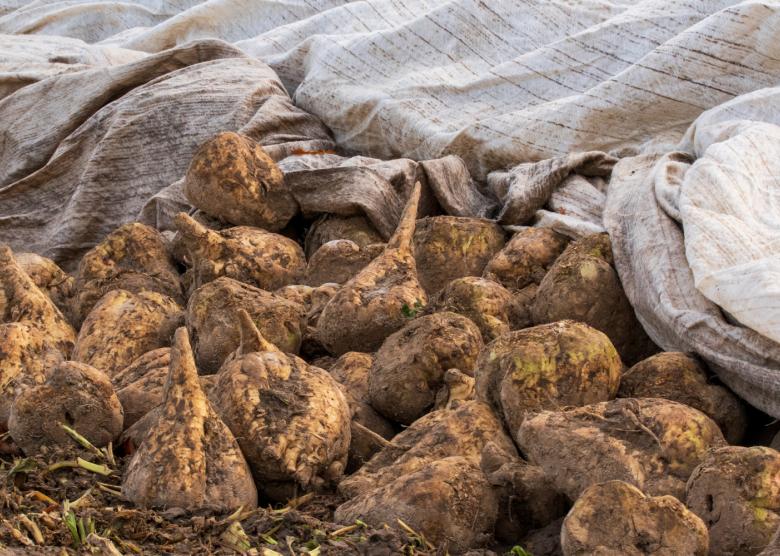Beetroot Sugar Vs Walking Cane: Discover the Ideal Option for Your Sweetening Needs
The selection between beet sugar and cane sugar expands past simple sweet taste; it incorporates variables such as flavor profiles, manufacturing techniques, and dietary benefits. The earthy undertones of beet sugar might not match every recipe, whereas walking stick sugar is usually favored for its clean preference.
Introduction of Beet Sugar
Beet sugar, commonly originated from the sugar beet plant, is regularly used as a vital sweetening representative in different foodstuff. The sugar beetroot, a biennial plant, prospers in pleasant climates and is largely grown in regions such as Europe and North America. beet sugar vs cane. The extraction process entails slicing the beetroots and drawing out the juice, which is then purified and crystallized to generate granulated sugar
One significant feature of beet sugar is its chemical make-up, which is nearly similar to that of cane sugar, as both consist mainly of sucrose. This similarity enables beetroot sugar to be utilized reciprocally with walking cane sugar in recipes and food production.
Beet sugar is likewise noted for its flexibility in various applications, including baking, drink formula, and confectionery production. Additionally, the beet sugar industry has made strides in sustainable practices, with lots of manufacturers carrying out eco-friendly farming techniques.

Introduction of Walking Stick Sugar
Walking cane sugar, stemmed from the sugarcane plant, is among one of the most commonly identified and utilized sweeteners internationally. It is mainly made up of sucrose, a disaccharide that offers a wonderful flavor profile necessary for various culinary applications. Walking cane sugar is typically discovered in granulated type however is also offered as raw sugar, brown sugar, and powdered sugar, each offering distinct functions in cooking and baking.
The farming of sugarcane is famous in subtropical and tropical regions, adding to its prevalent accessibility. The plant thrives in warm environments, needing adequate sunlight and water for optimum growth. Walking stick sugar is typically valued for its all-natural production technique and very little handling, which maintains its taste and nutritional homes.
Along with its cooking usages, cane sugar plays a significant role in the food industry, serving as a chemical, fermentation substratum, and texturizing agent. Its flexibility extends beyond food, discovering applications in beverages, confections, and also cosmetics. With a long background and a solid social visibility, cane sugar remains to be a recommended option for consumers looking for an all-natural sweetening option.
Production Procedures Contrasted
When contrasting the manufacturing processes of beet sugar and cane sugar, it ends up being clear that each technique mirrors the special features of its resource material. Beetroot sugar production starts with gathering sugar beetroots, which are then cleaned, cut, and subjected to warm water removal to dissolve the sugar.
In contrast, walking cane sugar manufacturing entails gathering sugarcane stalks, which are crushed to draw out juice. The cane sugar procedure includes a longer milling and pressing stage, which assists in extracting maximum juice from the stalks.
Both procedures stress performance, but the approaches highlight distinctions in tools and energy usage. Beetroot sugar tends to have an extra simple processing route, while walking stick sugar production can be much more complicated because of the coarse nature of the walking stick stalks. Eventually, these distinctions form the features of the sugars produced.
Nutritional Profiles and Perks
Sugar, a staple in numerous diets, differs in dietary profiles and advantages depending upon its resource. Both beet sugar and walking cane sugar largely include sucrose, giving comparable calorie material-- around 4 calories per gram. Nonetheless, subtle distinctions can affect customer choices and understandings.
Beet sugar is originated from sugar beets, which consist of percentages of nutrients, such as potassium and calcium, but these nutrients are present in minimal amounts when consumed in regular quantities. Alternatively, walking cane sugar, removed from sugarcane, might offer similar trace nutrients, yet the differences are marginal and greatly insignificant in the context of a balanced diet regimen.
One notable facet is the ecological effect of each source, which can indirectly affect nutritional selections. Beetroot sugar manufacturing is frequently viewed as more sustainable due to reduced water use compared to walking cane sugar farming. Furthermore, some individuals like beetroot sugar due to its non-GMO condition in particular regions, possibly straightening with health-conscious consumer fads.

Flavor Differences and Utilizes
Distinct flavor profiles define beetroot sugar and walking stick sugar, influencing their applications in various culinary contexts. Beet sugar has a slightly earthy preference, which can i was reading this be credited to the soil in which the beets are grown. beet sugar vs cane. This subtle flavor may not be visible in a lot of dishes, but it can impact the overall taste in fragile dishes, visit homepage such as meringues and particular icings. Conversely, walking stick sugar provides a cleaner, a lot more straightforward sweetness that is typically chosen for baking and desserts, as it improves flavors without eclipsing them.
In practical terms, beet sugar and cane sugar can generally be utilized mutually in a lot of recipes. Nevertheless, bread chefs and culinary professionals usually lean towards cane sugar for its exceptional capability to caramelize, which is crucial in producing complicated taste accounts in sauces and confections. Furthermore, walking cane sugar is favored in drinks, as its flavor dissolves flawlessly, maintaining the honesty of the beverage.
Inevitably, the selection between beet and walking stick sugar may come down to personal preference and the specific requirements of the dish, with each type offering distinct qualities that can improve the culinary experience.
Conclusion
In summary, the option between beet sugar and walking stick sugar pivots on certain cooking applications and individual health considerations. While beet sugar presents a slightly earthy taste and sustainable production benefits, walking stick sugar's cleaner sweetness is usually liked in baking and delicate dishes. Reviewing the production procedures, dietary accounts, and flavor differences can direct consumers in choosing one of the most suitable sweetener for their requirements, ensuring both taste contentment and positioning with nutritional preferences.
Beetroot sugar, commonly derived from the sugar beet plant, is regularly utilized as a crucial sweetening agent in different food items. Walking stick sugar is frequently located in granulated form yet is additionally why not try here offered as raw sugar, brown sugar, and powdered sugar, each serving distinct purposes in cooking and baking.
When contrasting the production procedures of beet sugar and cane sugar, it becomes clear that each method mirrors the unique features of its source material. Beet sugar manufacturing starts with collecting sugar beetroots, which are after that washed, sliced, and subjected to warm water removal to dissolve the sugar. Beetroot sugar has a tendency to have a more simple processing course, while walking cane sugar manufacturing can be a lot more intricate due to the coarse nature of the walking stick stalks.